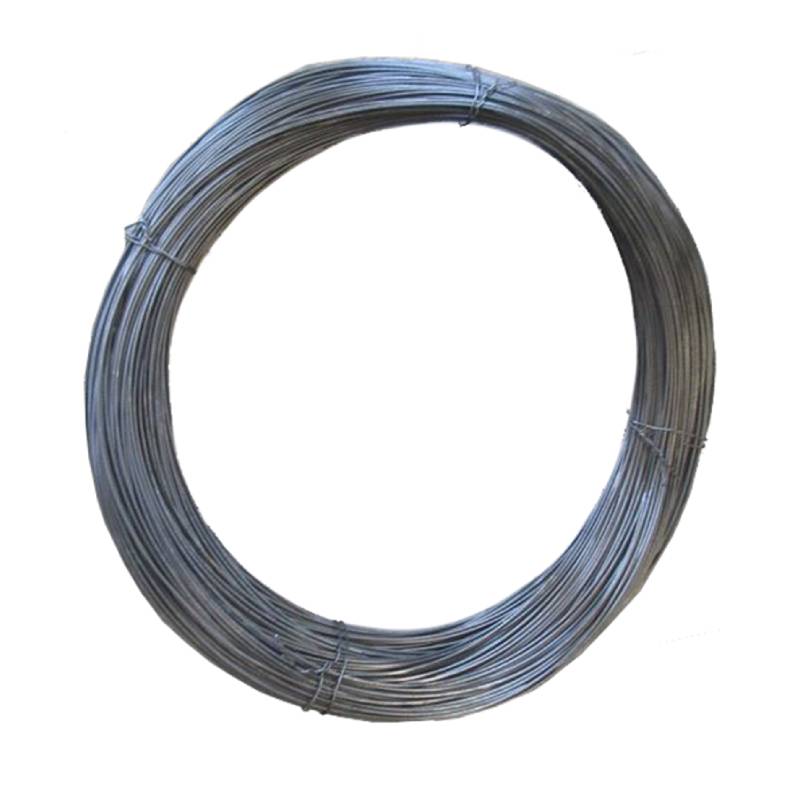Durable and Eco-Friendly Wire Compost Bins for Efficient Waste Management Solutions
Ліст . 16, 2024 09:45
The Benefits and Construction of a Wire Compost Bin
Composting is a sustainable practice that transforms organic waste into nutrient-rich soil, promoting environmental health and reducing landfill contributions. One of the most effective and accessible methods for home composting is the use of a wire compost bin. In this article, we will explore the benefits of a wire compost bin and provide a step-by-step guide for constructing one.
Advantages of a Wire Compost Bin
1. Cost-Effective Wire compost bins are often cheaper to construct than their wooden or plastic counterparts. All that is typically required is a roll of wire mesh or fencing material and some basic tools.
2. Durability Wire bins are sturdy and can withstand the elements much better than wooden bins which can rot or warp over time. Metal wire, particularly galvanized steel, offers longevity and resistance to rust.
3. Air Circulation The open design of a wire compost bin allows for excellent airflow, which is essential for the composting process. Oxygen is a crucial component in the decomposition process, helping to break down organic materials quickly.
4. Visibility and Access The transparent nature of a wire compost bin makes it easy to monitor the composting process. You can easily see the progress, and access to the compost is convenient for turning or adding new material.
5. Pest Control While no compost bin is entirely pest-proof, wire bins can be designed to minimize pest problems. By selecting the appropriate size of mesh, you can deter larger pests while still allowing beneficial organisms to access the compost.
Constructing Your Wire Compost Bin
Building your wire compost bin is a straightforward process. Here’s how you can create one
Materials Needed - Wire mesh or fencing material (chicken wire, hardware cloth, or hog wire) - Wire cutters - Pliers - Optional wooden stakes or fence posts for added stability
wire compost bin

Steps
1. Choose a Location Find a dry, shady spot in your yard with good drainage.
2. Determine Size Decide how large you want your compost bin to be. A typical size is about 3 feet by 3 feet, which is manageable and provides enough capacity for composting.
3. Cut the Wire Measure and cut the wire mesh to the desired height (usually around 3-4 feet).
4. Form the Bin Shape the wire into a circle or square, depending on your preference, and secure the ends together using pliers or additional wire.
5. Stabilize If desired, you can insert wooden stakes into the ground at intervals around the perimeter of the bin for extra support.
6. Add Compost Materials Start adding organic materials such as kitchen scraps, grass clippings, and dry leaves, ensuring a balanced mix of greens (nitrogen-rich) and browns (carbon-rich).
7. Maintenance Turn the compost regularly to aerate it and monitor moisture levels. Keep the pile damp but not soaked to facilitate decomposition.
Conclusion
A wire compost bin is an excellent solution for anyone looking to engage in composting at home. It offers a practical, cost-effective, and efficient way to recycle organic waste while enriching your garden soil. By following the steps outlined in this article, you can easily construct your own compost bin and contribute to a more sustainable environment. Happy composting!




















